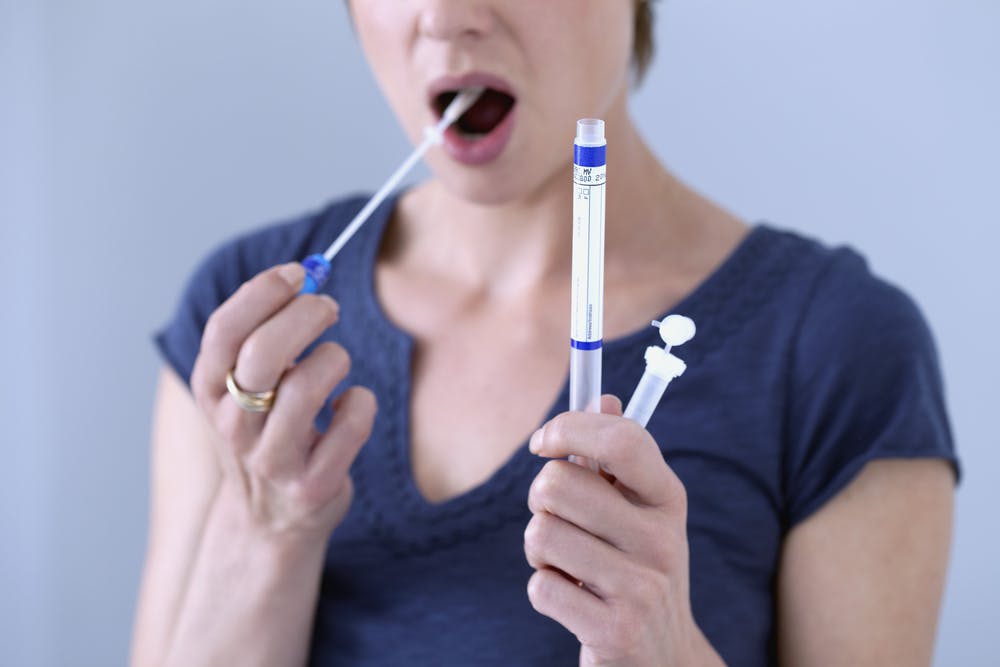There are about 14 million drug users in the US, 70% of which are employed, costing employers and society generally $120 billion in lost productivity.
Data has shown that illicit drug users are more likely to incur worker’s compensation claims, have higher health insurance costs, possess a lower level of productivity, and are more likely to be absent, compared to non-illicit drug users. In addition to the financial burdens of drug users in the workforce, companies are also being exposed to safety risks. Due to the serious nature of the liabilities associated with these risks, employers are forced to revisit their drug testing policies and practices to help ensure a drug-free workplace.
Urine tests can be cheated
While testing urine samples has been the long-standing method for drug screening, it can be unreliable as drug users have become savvier in cheating the system by using synthetic urine, or tampering with the urine samples themselves by diluting them with water or taking certain medications to impact the results of the test. Not only does this create a large window for error when it comes to the accuracy of the results, but there are also a number of inefficiencies in conducting this type of test that requires candidates to spend valuable time away from work at an off-site facility.
As a result, there’s an urgent need for employers to evaluate different types of specimens, such as hair testing and oral fluid, to help maximize drug screening program efficiency and help ensure a safe working environment.
What are the additional specimens readily available for employers to use for their drug free workplace programs? Well, there are two – hair and oral fluid. The following paragraphs will provide some basic information on these two specimens.
Hair testing
As stated earlier, urine testing can be manipulated or subverted by dilution, substitution or adulteration. But hair specimens, by nature, are impossible to dilute and difficult to adulterate. Another advantage of using this sample is the increase in positive, accurate detection rates due to the significantly longer detection window. Where drugs are detectable in urine from about six hours to 30 days, depending on the drug and level of use, hair testing can detect drug use from approximately the past four months, a much longer detection window (according to the Substance Abuse and Mental Health Services Administration). The downsides to this type of testing are the relatively high costs and longer turnaround times for test results.
Oral fluids testing
The next specimen is oral fluid. This inexpensive method has an immediate, but narrow, detection window (about 48 hours) that makes it a natural choice for reasonable suspicion testing and for post-accident testing. Efficiency is another benefit of oral fluid testing, as this method can be completed in about five minutes (two minutes to swab and three minutes of paperwork), compared to urine testing in which the collection process can potentially take hours dependent upon the collection site.
There is no clear-cut answer to the “perfect” specimen for a workplace drug testing program, however, there are a variety of factors employers should consider. These include federal and state regulations, a company’s level of risk tolerance, desired detection length, costs and the type of testing required (i.e. pre-employment, random, post-accident, etc.). Expertise, experience and flexibility in drug testing are other important aspects employers should take into account when it comes to selecting a drug screening vendor. Once each of these aspects has been taken into consideration, it’s important that employers either examine existing policies, or ensure the policies they create are clear, consistent and legally acceptable in addressing drug use to mitigate risk to the organization.
